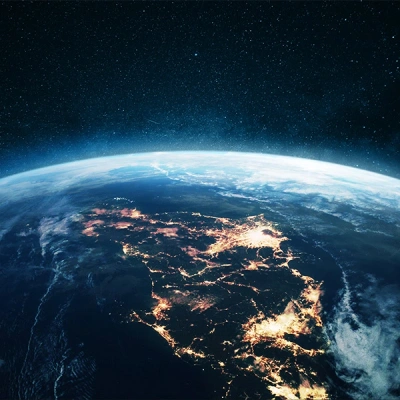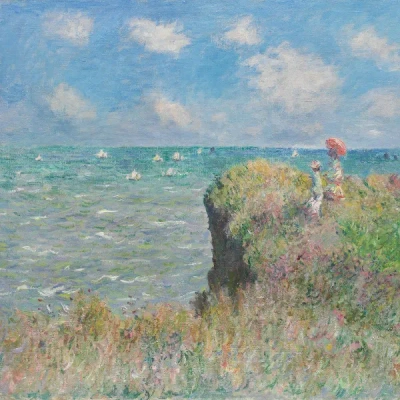In 2022, NFTs, bitcoin, cryptocurrency and blockchain seem to be words present in every conversation on technology, art or futurism. Galleries and Auction houses are setting up their very own NFT Art departments, employees are receiving specialised NFT training.
But what does “NFT” mean? Is it a good or a bad thing? From corporate newsletters and digital galleries to social media debates, what does it mean for the average consumer of art and media?
While the technicalities would make this a long answer, there are a couple of points that can help us get started.
- How are NFTs created
- What, if any, is the intrinsic value of NFTs
- How is NFT Art different than standard digital Art
By definition, NFT = Non-fungible Token. Non-fungible, meaning unique, not replicable. When an NFT is created, it can never be reproduced or copied in its original form.
And this, surely, begs the question – You can just right-click on a piece of digital art and save the file to your computer. Isn’t that copying the NFT?
Well, no. Because the NFT, the Non-fungible Token is not, in fact, a piece of art, music, GIF or video.
So, what is it and how is it made?
In very simple terms, NFTs exist in an endless, vast digital space. Everyone has access to this space – to observe it, change it, and trade in it (via the publicly accessible Blockchain).
You could pick a certain spot or corner in this space and create your own database on top of it – let’s call it DataBase 1.
Your database would then consist of different numbers, representing the free spaces inside.
DataBase 1 – 001
DataBase 1 – 002
DataBase 1 – 003
And so on, and so on, depending on the size of your database. If DataBase 1 had 999 spaces, then you would have created 999 NFTs, each represented by its own unique number.
In this vast, endless space, no other person could create the same database as you, and as such, no other DataBase 1 – 001 NFT could ever exist or be recreated.
Now, NFTs are made to be sold. “DataBase 1 – 001”, while unique, is not a very attractive product to a buyer, as it has no intrinsic value. It is simply a space on a digital database – a unit of data stored on a digital ledger using blockchain technology to establish proof of ownership.
Attaching a piece of digital art, a song, or a video game character to an NFT suddenly helps visualise it as a product.
It adds visual representation to the unit of data, allowing buyers to say “Look – I own THIS”. But they wouldn’t own the art itself, the copyright to the art or the ability to monetize it. They would own the space in your database.
Any kind of easily reproduced digital file can be stored as an NFT in order to identify the original copy – it doesn’t need to be unique. The only rarity is in the unit of data, i.e. Database 1 - 001.
It’s almost like buying a star. You can never physically have it or use it for anything, but you would have the certificate showing “You own THIS star”.
So, why do people buy NFTs, and why has the art world embraced them, when it’s rarely about the art itself?
Part Two of this blog will explore this very question!





